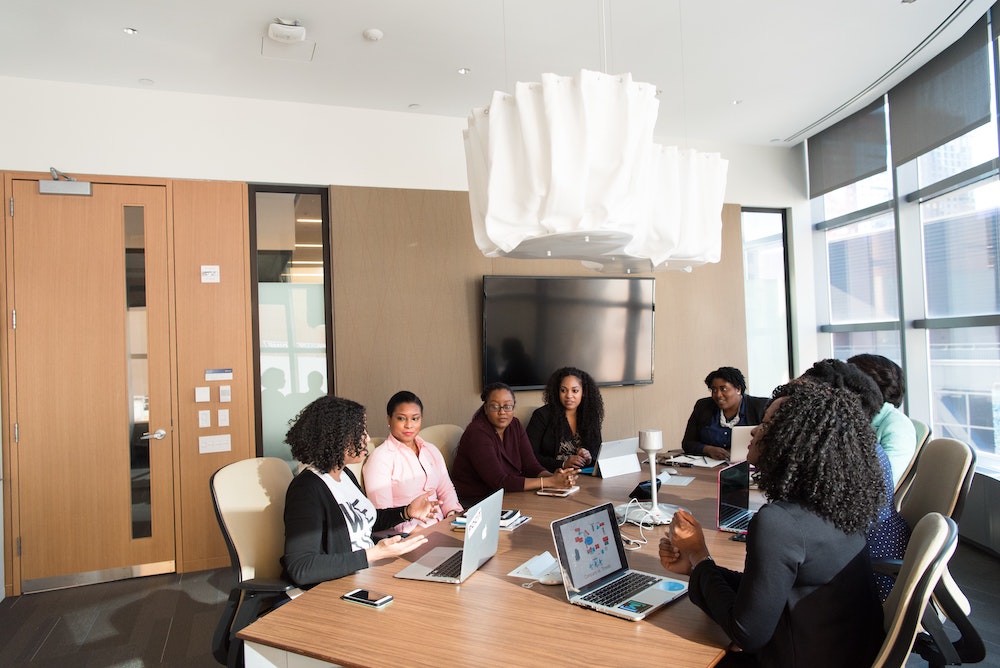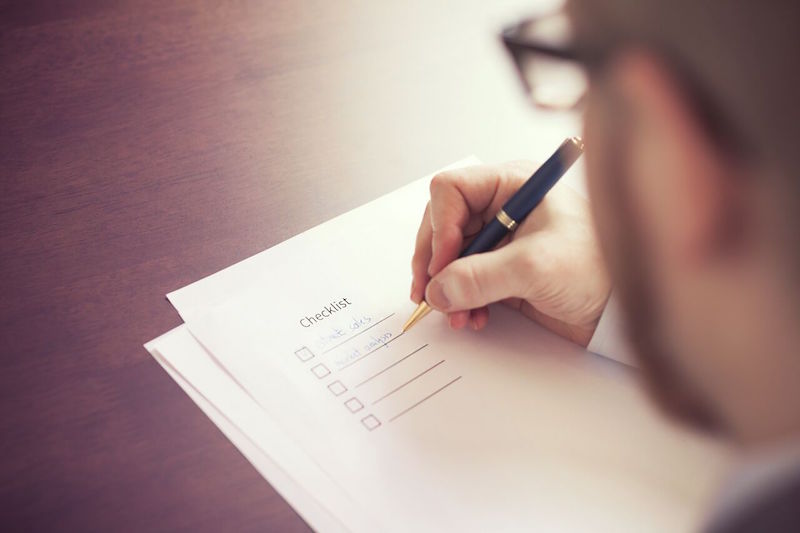
We know that AMA Executive Conference Center blog readers aren’t always the meeting planner…sometimes they’re the meeting attendee! Being a good meeting guest is just as important a task as is planning a meeting. To help you become the attendee that gets a ‘gold star’ for being both professional and productive we’re sharing 5 etiquette tips on the blog today:
ARRIVE EARLY
There’s a saying used by professionals in the theatre industry, ‘If you’re not 15 minutes early then you’re late!” This philosophy fits perfectly into the timely arrival expectations that a planner has for their attendees on meeting day. If at all possible, arrive slightly early or at the latest, arrive when the meeting is scheduled to begin. Never arrive late. The beginning of a meeting is important time as the structure for the day is set, the agenda is discussed and expectations for results that day are shared. By arriving late you put yourself at risk for missing valuable information and disrupting the flow of the meeting once you do arrive. Do yourself, and the meeting planner a favor…arrive early.
COME PREPARED
Always come prepared with something to write with and something to write on. Whether you’re an ‘old school’ note taker with pen and pad or a Millennial that loves taking notes on the iPad, be sure that when the meeting begins you have all items in place so you’re not disrupting other attendees. If handouts are provided in advance then be sure that you have each organized and accessible. There’s nothing more distracting during a meeting than an attendee that consistently fidgets through their briefcase trying to locate handouts or other items needed.
REFRAIN FROM ELECTRONICS
Best to keep all electronic devices on ‘silent or ‘vibrate’ mode as having devices ringing or beeping in the middle of a meeting is most definitely considered rude and unprofessional. Interruptions by electronic devices have the ability to break the pace of the meeting which becomes a disservice to both the speaker and the other attendees. Keep in mind that it’s always best to answer calls, texts or emails on your mobile devices in private when you’ve been given the green light to ‘break’ from meeting activities.
BE A GOOD LISTENER
Be attentive and be a good listener by ‘being present’ at all times. To do so, you’ll want to listen to what the speaker has to say, listen to what other attendees share, and based on all the feedback access whether your question or statement is appropriate at that time. When asking your question (or making a statement) be sure that you communicate your thoughts clearly and politely – there’s never a need for combative or negative tone. And for side conversations with other meeting attendees, be sure you hold them until after the meeting is adjourned – so as not to seem inconsiderate to the speaker.
FOLLOW UP
Be the guest that’s in attendance for the entire meeting. And once it’s adjourned know that it’s the ideal time to have those side conversations with other attendees – without lingering longer than necessary in the meeting room of course. A brief ‘thank you’ to the speaker and planner for the meeting is always a professional and impressionable gesture. And once you’re back into the groove of working at your desk, don’t forget to complete any assigned tasks as requested.
These are just a few etiquette actionable items that seem to rise to the top with meeting planners and guests at AMA Executive Conference Centers. It’s true that meetings are an important vehicle for moving business forward. And we find that the most productive meetings are those where the attendees arrive with a professional mindset, armed with proper business etiquette!





